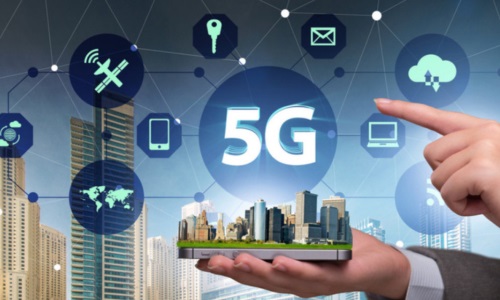
The transition from the Evolved Packet Core (EPC), which was the backbone of 4G networks, to the 5G Core (5GC) represents a significant evolution in mobile network architecture. This evolution is driven by the need for enhanced performance, flexibility, and the ability to support a diverse range of services and applications.
Key Changes in 5G Core – 1. Architecture and Design: The 5G Core architecture is fundamentally different from EPC. It leverages cloud-native principles and virtualization, allowing for more scalable and efficient network management. This shift enables operators to deploy services more rapidly and adapt to changing demands.










2. Service-Based Architecture (SBA):
– Unlike the EPC, which was primarily focused on packet-switched data services, the 5GC adopts a service-based architecture. This means that network functions are designed as services that can be accessed over the network, promoting greater interoperability and flexibility.
3. Enhanced Functionality:
– The 5GC introduces new functionalities that support advanced use cases such as ultra-reliable low-latency communications (URLLC) and massive machine-type communications (mMTC). These capabilities are essential for applications like autonomous vehicles and IoT.
4. Separation of Control and User Plane:
– In 5G, there is a clear separation between the control plane and the user plane, which enhances network efficiency and allows for more granular control over data traffic. This separation facilitates better resource allocation and management.
5. Interoperability with Legacy Systems:
– The 5GC is designed to work alongside existing EPC systems, allowing for a smoother transition for operators. This dual-mode capability ensures that operators can gradually migrate to the new architecture without disrupting existing services.
Conclusion
The evolution from EPC to 5G Core is not just a technological upgrade; it represents a fundamental shift in how mobile networks are designed and operated. By embracing cloud-native technologies and service-based architectures, the 5GC is poised to meet the demands of future connectivity, supporting a wide array of applications and services that were not feasible with the EPC alone. This transition is crucial for operators looking to enhance their service offerings and improve overall network performance.


Leave a Reply